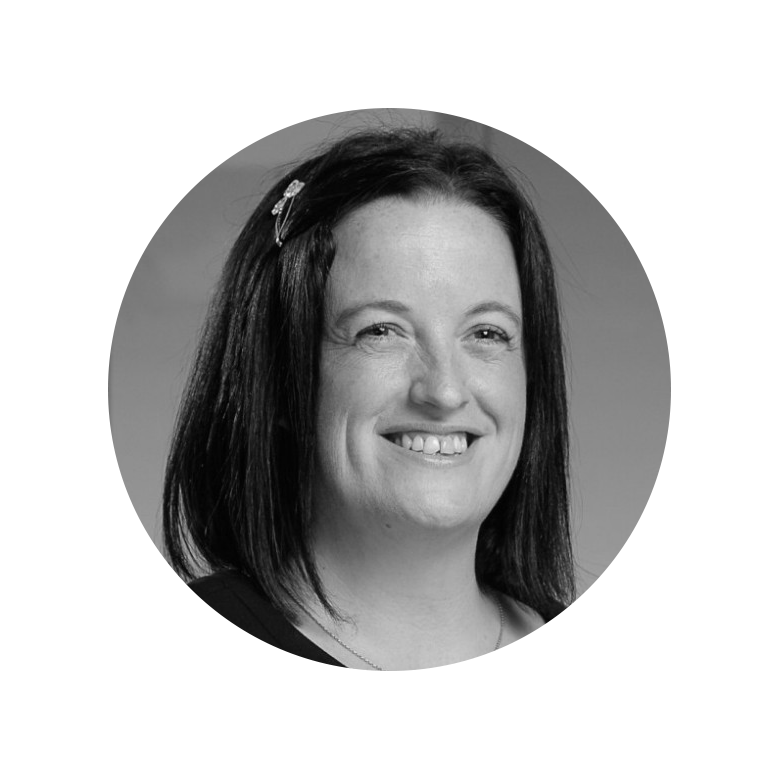Experienced people, robust processes, the right technology - how it all fits together.
As Implementation Director at Clarilis, I’m often asked about the automation process, what it involves, what state the documents need to be in and significantly, how much involvement is required by our law firm clients. These questions all underpin the most important question – how can we ensure our automation project is successful?
My answer always centres around the people – processes – technology framework. All of these elements play an important role in an automation project and it is the careful combination of all three that leads to success.
The Clarilis managed service team includes a large team of PSLs, who were all previously senior solicitors in private practice or in-house legal teams. Their experience covers a range of practice areas including corporate, finance, banking and real estate. The PSLs are supported by document analysts and technical automation specialists who are all experts in logic, questionnaire design and optimising automation projects.
Robust processes are key to a successful automation project – from the selection of the right precedents to automate, through to implementation of the automation and subsequent integration into your fee earners’ practice. If those processes are discussed ‘lawyer-to-lawyer’ before the tech plays a part, this makes a wealth of difference when delivering complex automated document suites.
Our processes are a direct result of this experience. Think of it as ‘best practice’. We don’t just license the technology and leave you to it – it is a collaborative and consultative approach – and we work with you to advise on the right approach from defining scope and preparation through to development, implementation, and beyond. We then combine this experience with the best LegalTech platform for complex matter automation to create your Clarilis solution.
If you have not worked with us before, here are answers to some of the questions I often get asked.







